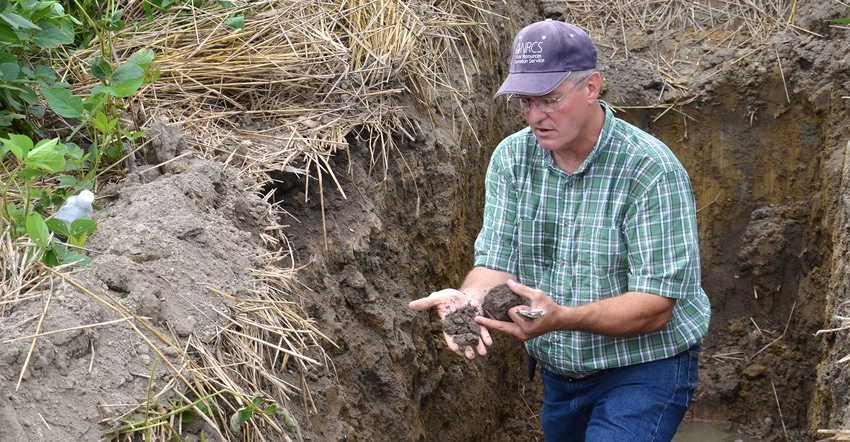
Maybe you’re already no-tilling and even using cover crops. Or maybe you’re still standing at the gate, still wondering if you should start down the path to improved soil health or not. You’ve heard the success stories, but you’ve also heard the nightmares about not being able to kill a cover crop properly or get a good stand.
Barry Fisher spent his career with the Natural Resources Conservation Service working alongside farmers to make no-till more effective. That has meant learning a lot about what works and doesn’t. Most recently, before he retired from NRCS at the end of 2020, he focused exclusively on helping growers who wanted to improve soil health. He’s still serving conservation as a consultant.
Here is advice he offers to make your crop program more efficient:
Sort out your goals. What is your end goal that you’re trying to reach by adopting no-till and/or cover crops? What will it take to improve your soils so that your cropping system is more efficient?
These are key questions to ask yourself, Fisher says. What type of equipment you have now or are willing to add, and whether you can utilize livestock in grazing cover crops are examples of factors you need to consider.
Change your mindset. If you’re going to improve soil health, you need to devote time to studying the soil, Fisher says. This includes devoting time to understanding soil biology and realizing what you do in the field can impact soil microbiology, either positively or negatively. For example, it’s critical to realize that cover crops are essential for feeding soil biology during months when commercial crops aren’t growing.
Try cereal rye starting out. If you’re new to cover crops, consider sowing cereal rye in front of soybeans for the following year, he says. Lots of people have experience no-tilling soybeans into cereal rye and can answer key questions along the way. Cereal rye can help suppress weeds ahead of soybeans, especially marestail. You’re also not concerned about tying up nitrogen in residue ahead of soybeans as you are when planting corn into cereal rye.
Add starter nitrogen for corn. Fisher advises considering annual ryegrass instead of cereal rye ahead of corn if you’re relatively new to no-till and cover crops. Plenty of people have achieved adequate burndown of annual ryegrass if they follow the label, don’t shave rates and spray at recommended times. Cereal rye, on the other hand, produces so much residue that it can tie up nitrogen needed by young corn plants. People who plant cereal rye ahead of corn typically have several years of experience, he notes. Adding nitrogen as starter fertilizer to help young corn get off to a faster start in no-till systems is also good strategy, he says.
Consider other cover crops for corn. Especially if you’re still learning the system, brassicas and even oats may still provide protection for the soil and leave less residue to contend with when planting corn. However, the trade-off is that you may have less growth in the spring and see less overall benefits from cover crops. Crimson clover also works well ahead of corn because it’s a legume that captures nitrogen if it has some time to grow in the spring, he adds.
About the Author(s)
You May Also Like




